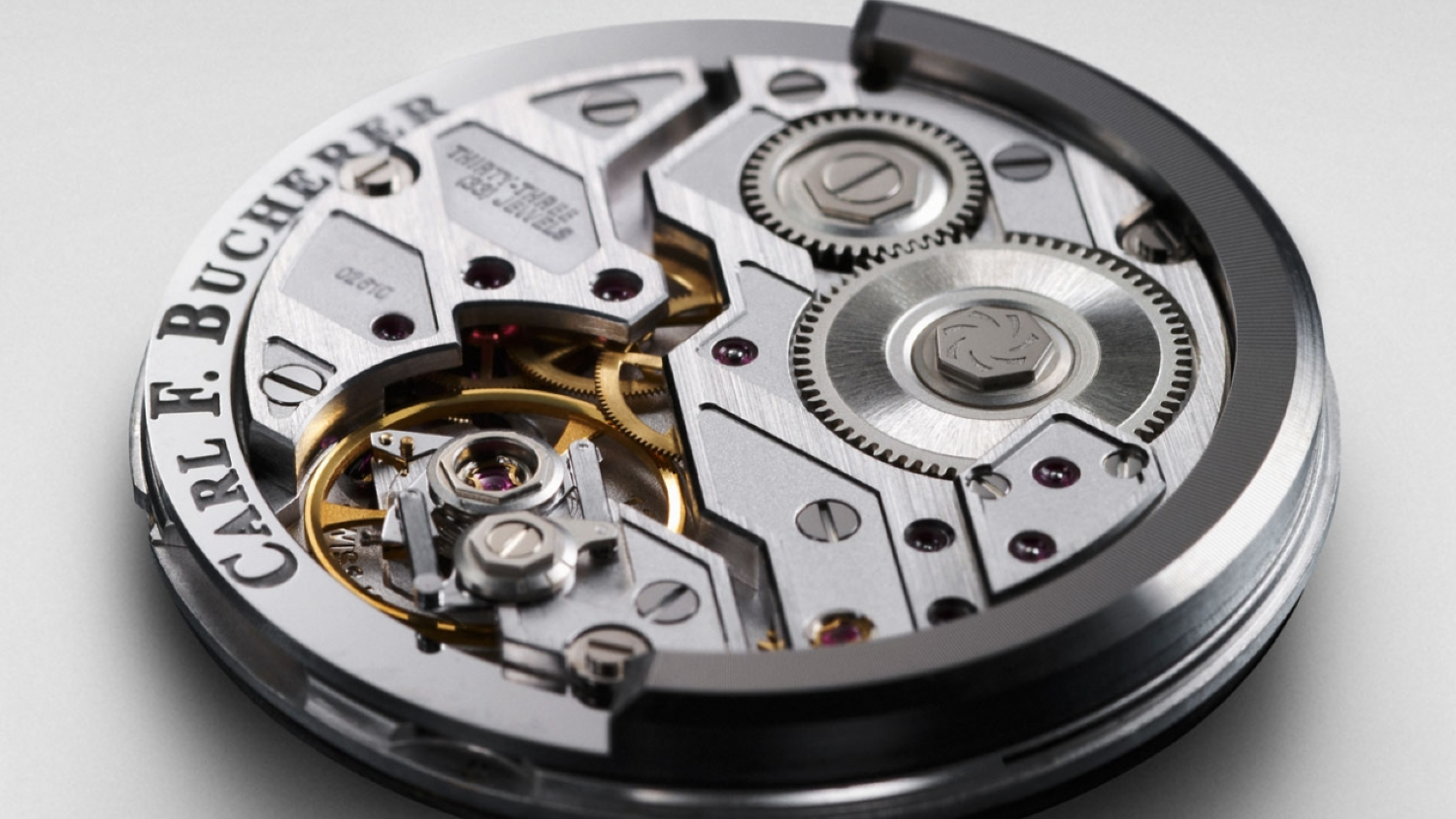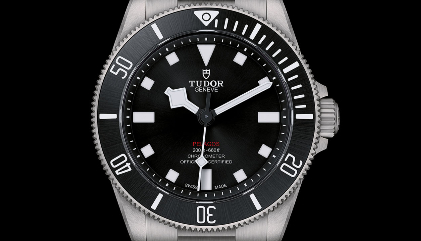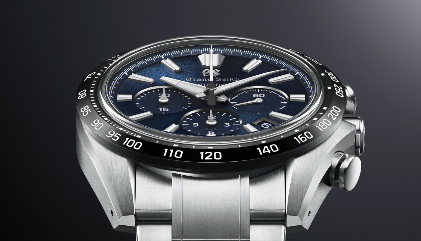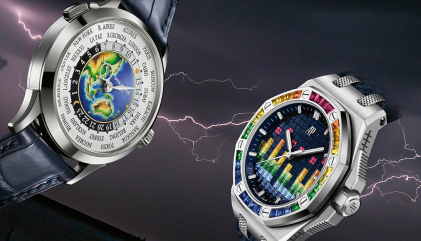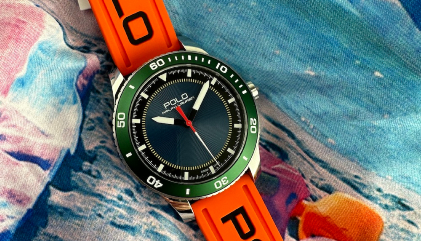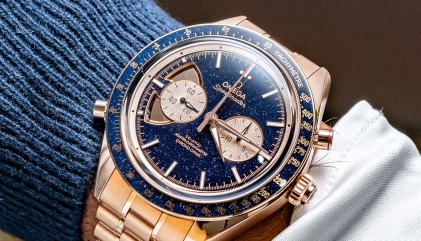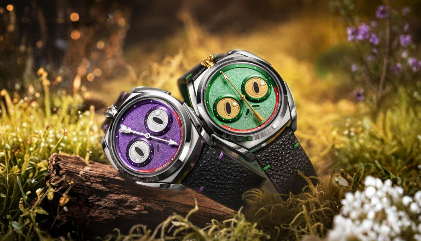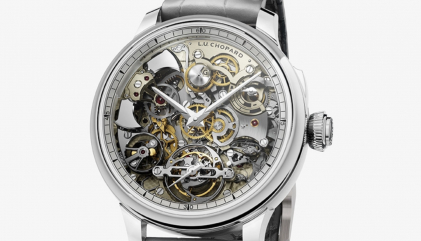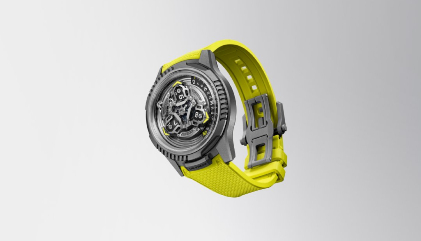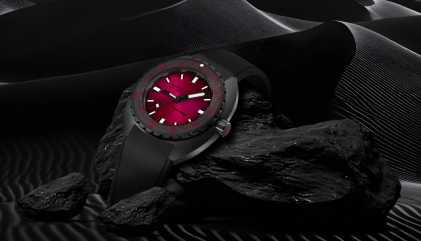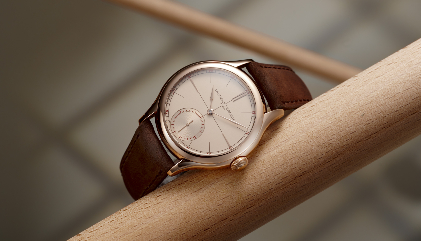Commonly made in stainless steel, the oscillating weight, or the rotor, is a key component in the winding mechanism of automatic watches. A semicircular disc, it turns freely to wind the mainspring through a pivoting movement, which in turn powers the watch. A traditional, typical rotor, it is set on the mainplate of the movement. What makes the peripheral rotor different, is that, as the name suggests, it is set on the periphery of the movement. It interacts with the gears set into the side of the movement to move the mainspring.
Also Read | NEW CARL F. BUCHERER MANERO PERIPHERAL BIGDATE & ITS PERIPHERAL ROTOR
A peripheral rotor is certainly not as common as a traditionally set oscillating weight – the former typically allows for a clear view of the movement from the caseback, and also provides the option to make the movement thinner. The latest example of this is the Carl F Bucherer Manero Peripheral BigDate, with a big date, small seconds, day of the week, and power reserve indicator. Last year, Carl F Bucherer even unveiled the Manero Minute Repeater Symphony with three
peripheral rotors.
peripheral rotors.
History
Even though Paul Gosteli patented the peripheral rotor in 1955, the mechanism took a long time to enter the market since manufacturers found the task of placing the stem and crown at the traditional 3 o’clock as a challenge with the peripheral rotor. Patek Philippe created and patented a similar mechanism in 1965, in which the watchmaker managed to place the crown at the caseback. It came into the market in 1970 as a limited edition Calibre 350, though most wearers found it to be unreliable and after an update in 1970 (350-I) with a single directional winding, the series was closed in 1985. It featured in watches like the Calatrava 3563 and 3569.
It was Carl F. Bucherer managed to make the peripheral rotor usable and reliable, by making the movement thicker, and allowing a traditional side position by relying on three small diamond-like-carbon (DLC) coated ceramic ball bearings driving the rotor. Carl F Bucherer first introduced its peripheral rotor at the 2008 edition of Baselworld - the Calibre A1000 took three years to be developed. The acquisition of the Switzerland-based Techniques Horlogères Appliquées S.A, now known as Carl F. Bucherer Technologies, enabled the Swiss timepiece manufacturer to research, develop, and produce its own calibres. The Calibre A1000 debuted in the Patravi EvoTec, and then was updated for the calibre CFB A2000 in 2016.
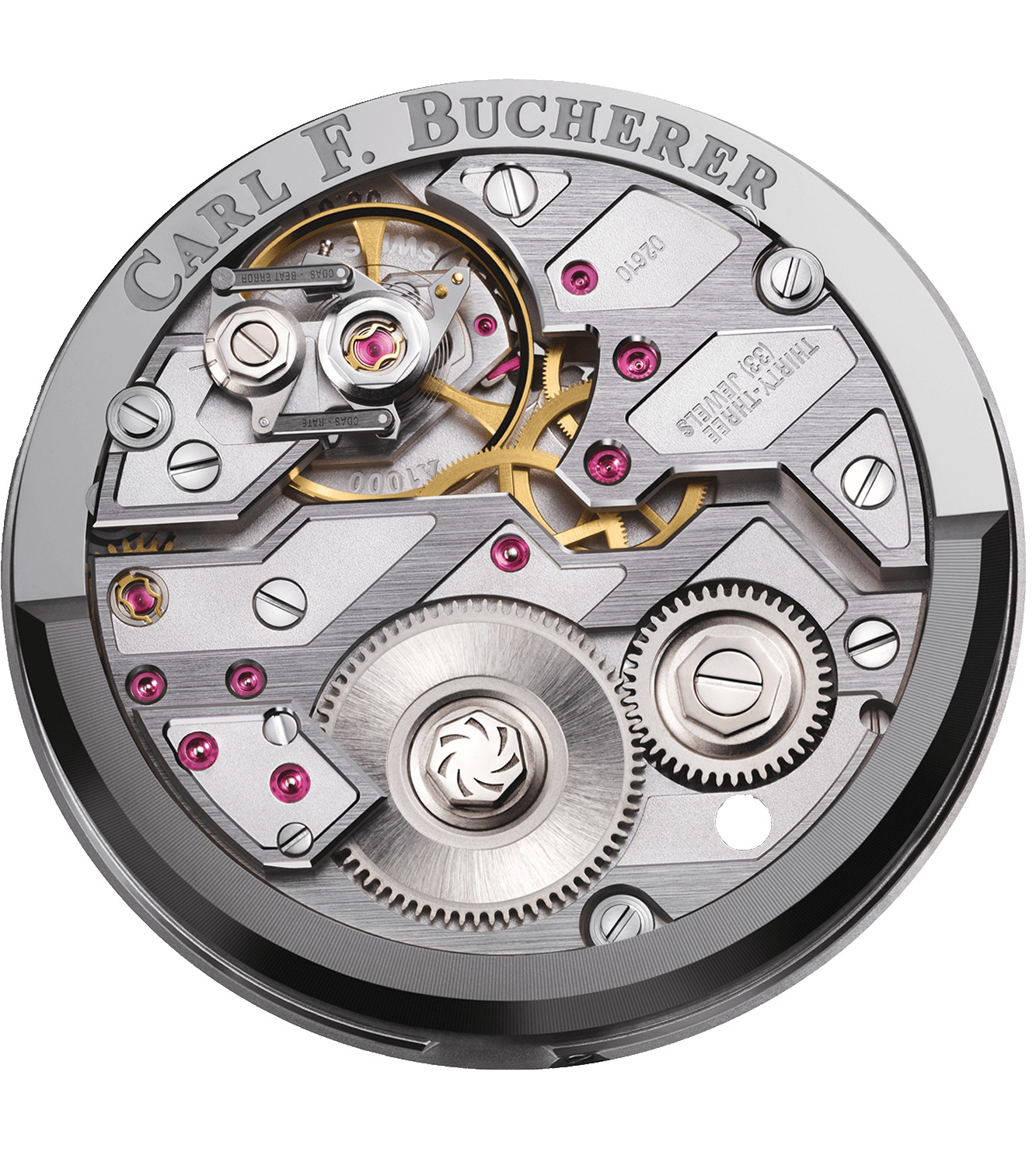
There are however other brands that have developed their own peripheral rotors:
Caliber DW 8014 by DeWitt
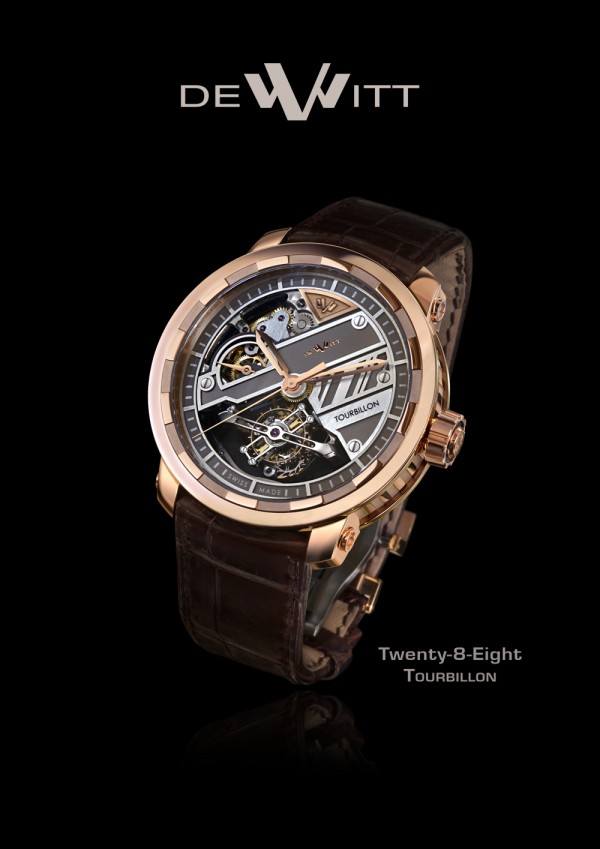
Presented at the 2010 edition of BaselWorld, Swiss timepiece manufacturer DeWitt launched the Caliber DW 8014. This movement was the first of its kind to incorporate a tourbillon and an Automatic Sequential Winding (A.S.W.) device that was driven by a peripheral rotor. DeWitt has stated that this mechanism enabled the distribution of energy into the gear train through sequenced winding of the barrel, allowing for an ideal functioning range with the usage of a single, manual-type barrel.
Caliber 2897 by Audemars Piguet
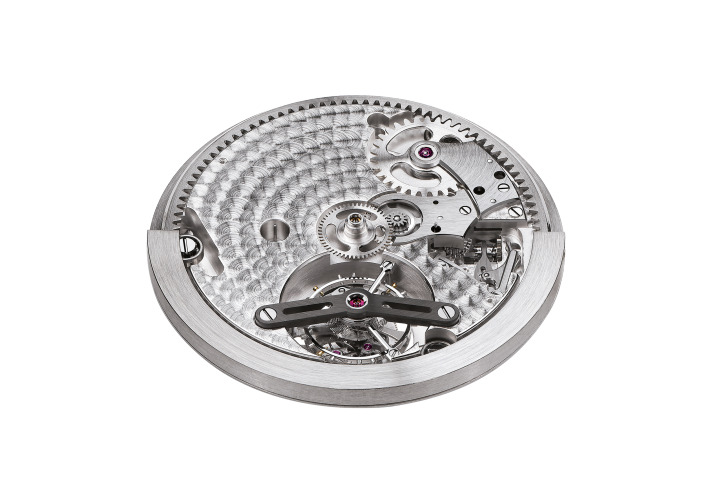
Launched at the 2011 edition of SIHH, to commemorate the 40th anniversary of the Royal Oak, Audemars Piguet introduced the Royal Oak Offshore Self-winding Tourbillon Chronograph with the new Calibre 2897. The watch gained popularity not because of the carbon caseband or ceramic bezel but for the peripheral weight in platinum that was seated on top of ball bearings. The Swiss timepiece manufacturer managed to shift the weight of the rotor to the outer edge of the movement, in the process increasing the winding speed.
Caliber 9603 MC by Cartier
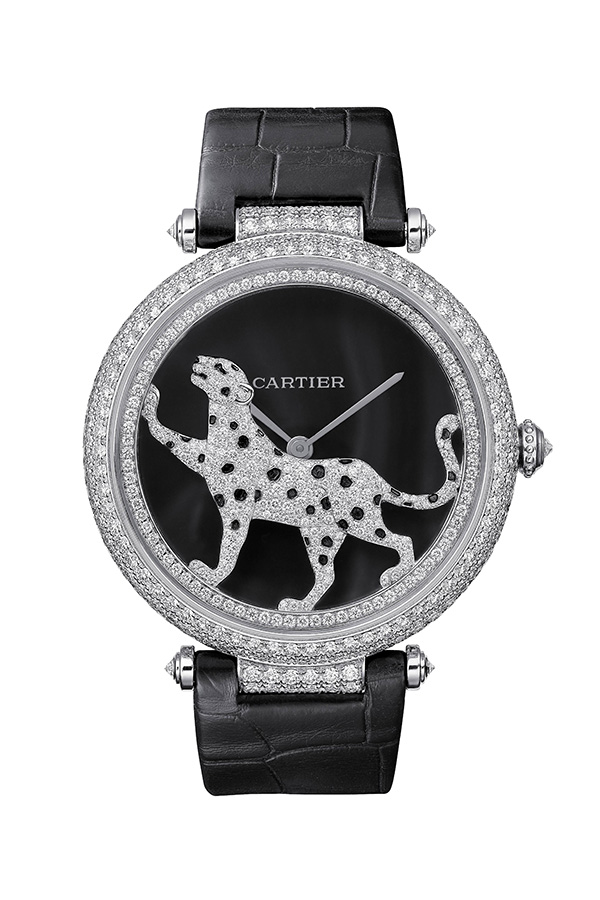
In 2012, Cartier unveiled its crown Promenade d´une Panthère. Powering this watch was Caliber 9603 MC that had a peripheral winding system that was revealed by the diamond set panther along the dial as they seemed to fight around a ring at the centre of the watch.
Other timepiece manufacturers that have incorporated the peripheral rotors are Vacheron Constantin, in the Traditionnelle Split-Seconds Chronograph Ultra-Thin, with an automatic Calibre 3500. Breguet made a peripheral rotor in platinum for its Classique Tourbillon Extra-Plat Automatique, winding in both the directions of the spin.
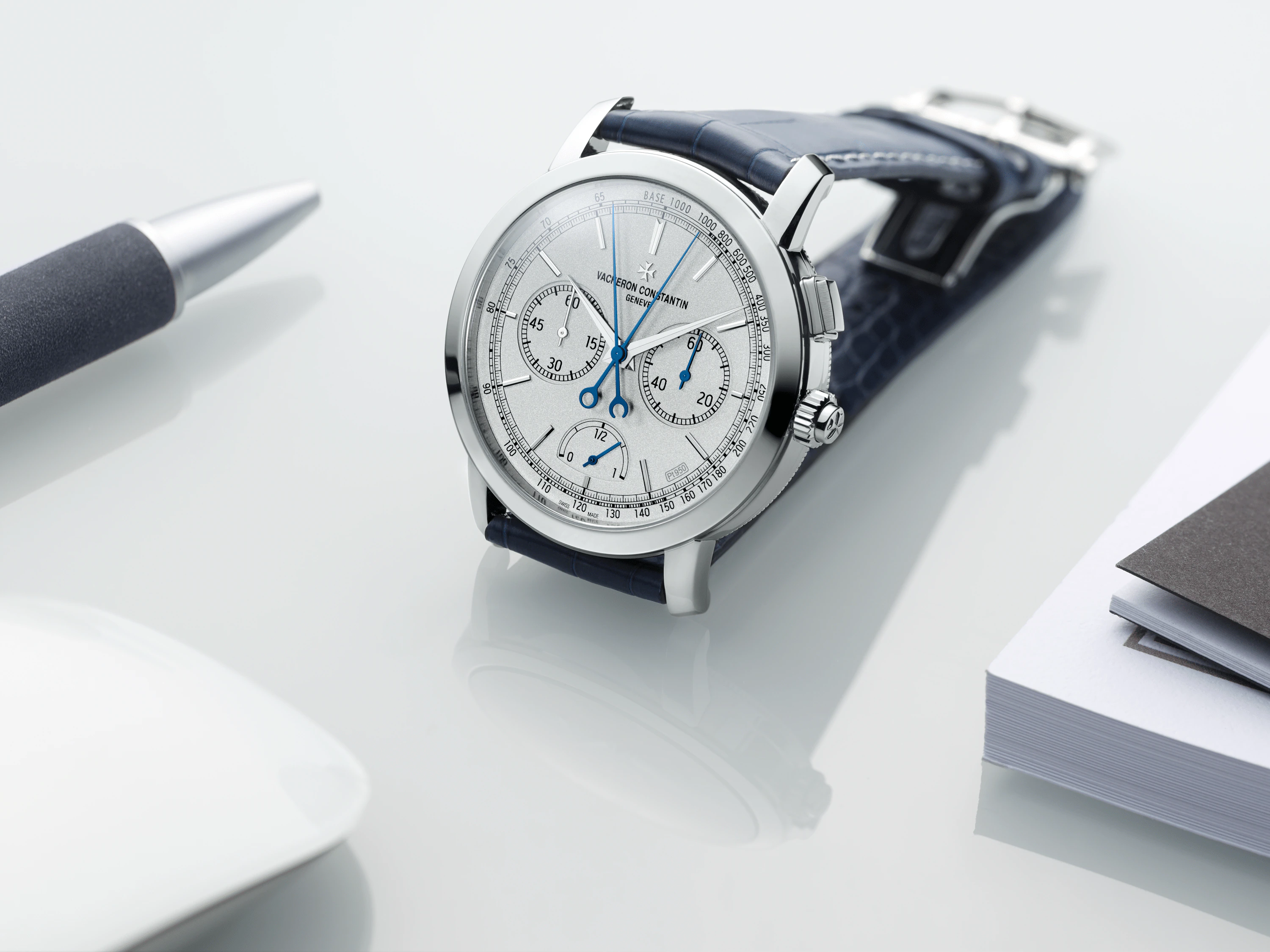
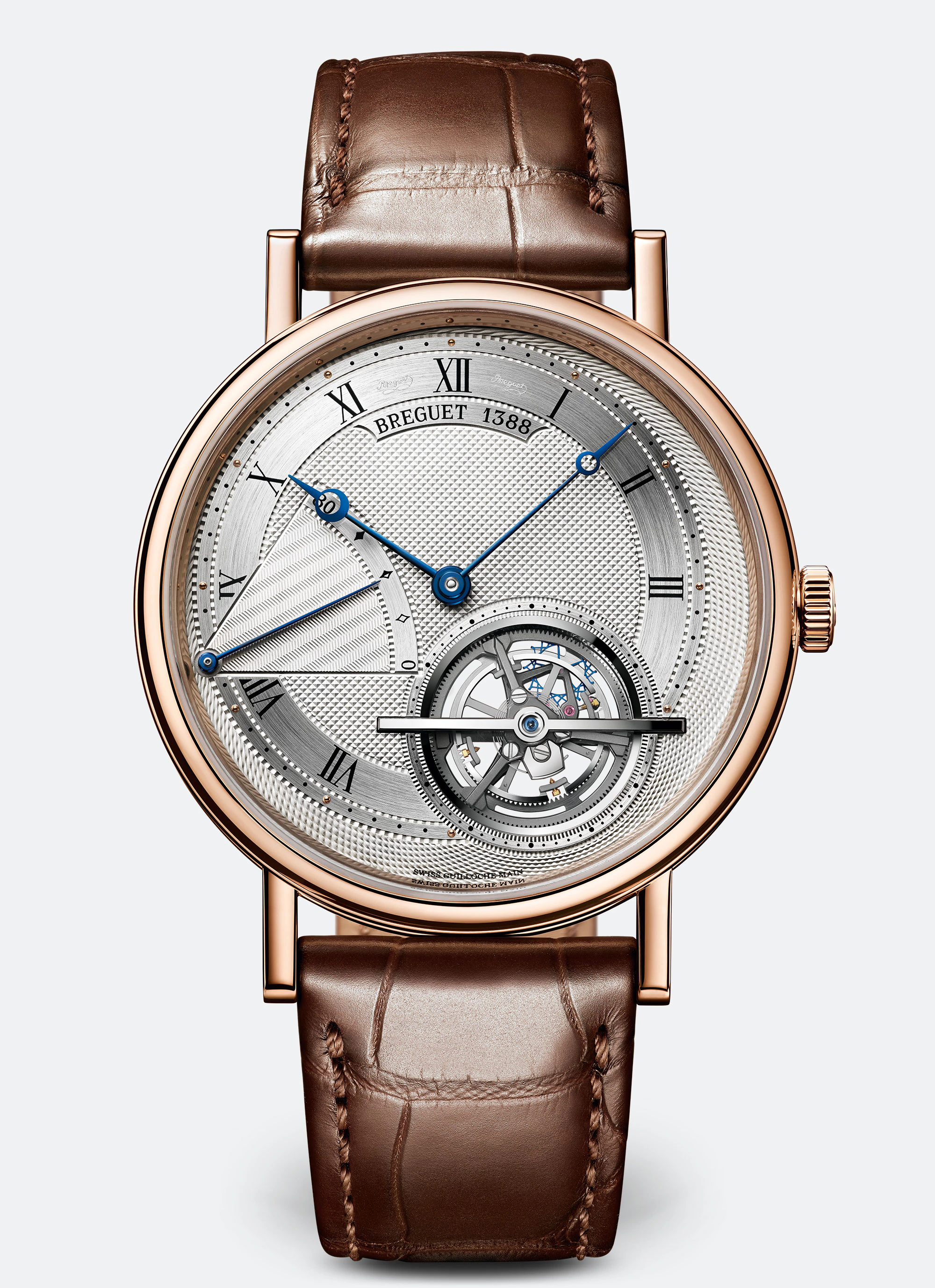
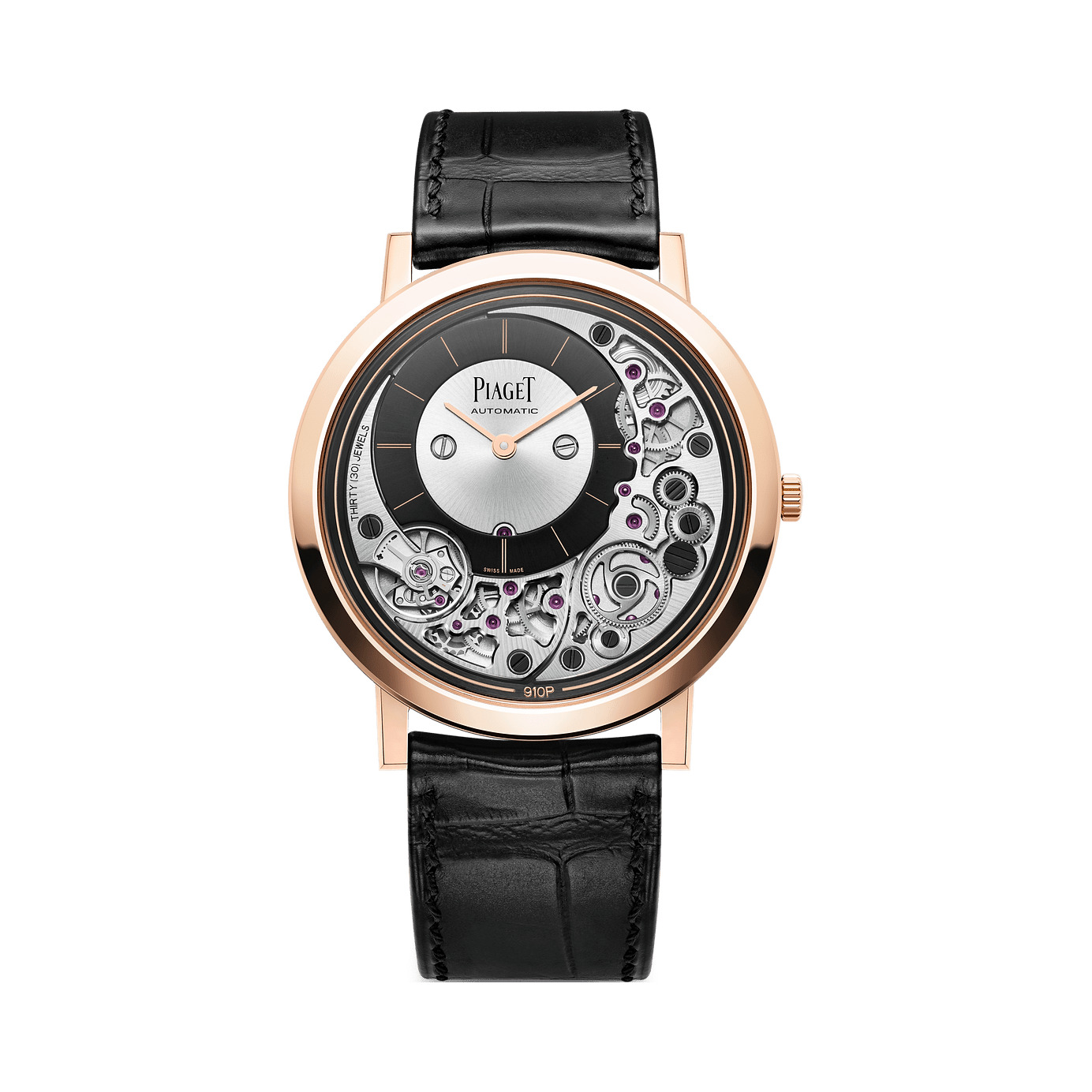
Most recently, Piaget's 910P ultra-thin self-winding mechanical movement had a 22K gold peripheral rotor with black Physical Vapor Deposition (PVD) coating that took three years to develop. In 2017, Piaget launched its thinnest timepiece, the Altiplano Ultimate Automatic, which was powered by this very rotor. The 22K gold rotor was positioned around the movement partly under the bezel, thus saving ample space on the watch. This way, Piaget managed to get rid of the 1mm or more space by centrally mounted rotor. In horology, using gold means more weight means more inertia means a better winding efficiency. The rotor here is connected to the movement using ball-bearings. The watch won the best Mechanical Exception Watch Prize at 2021 GPHG
The 101 on the Peripheral Rotor. And the watches that have it
More In features

Sign up for our newsletters to have the latest stories delivered to your inbox





